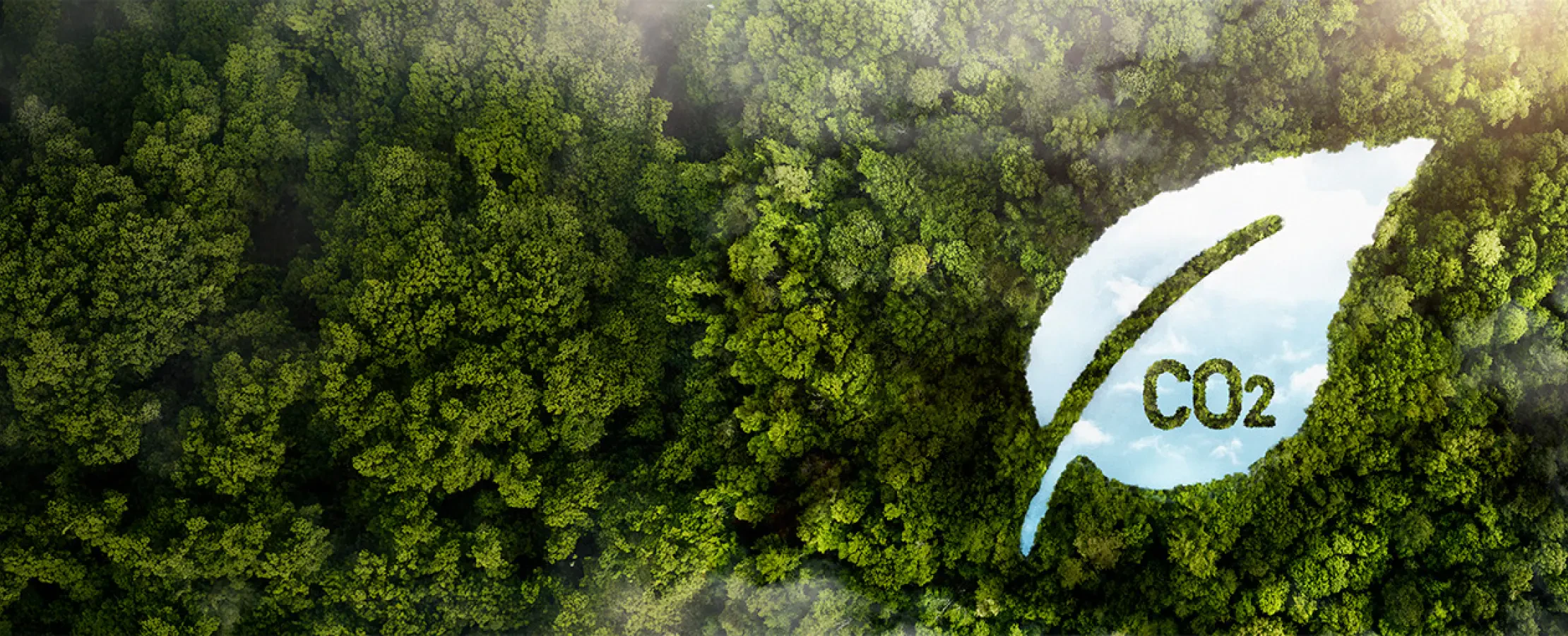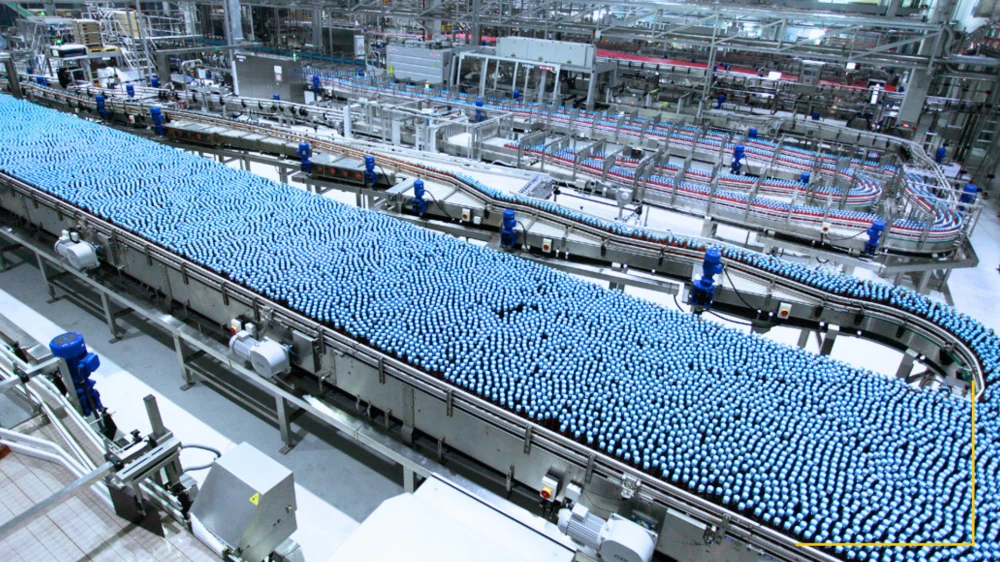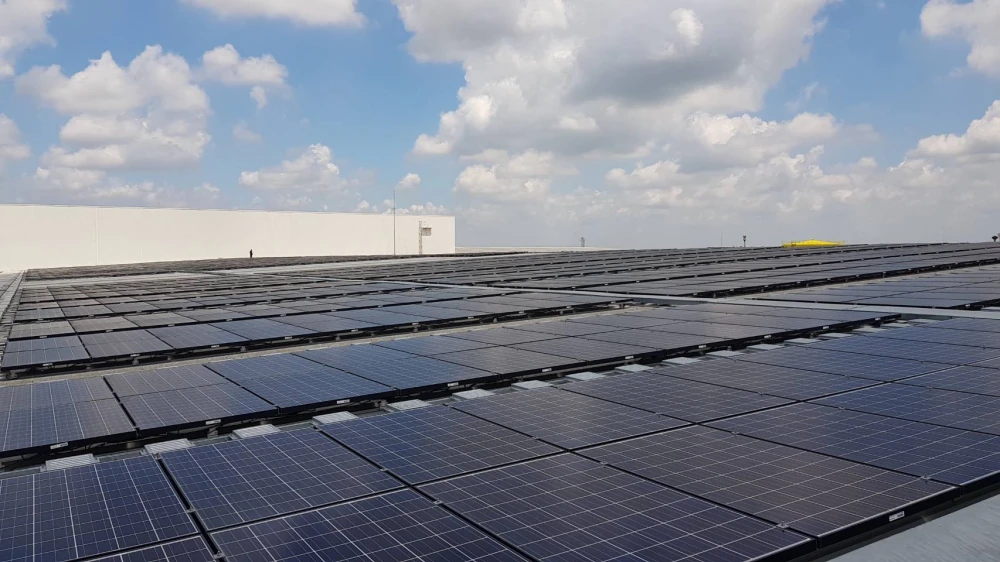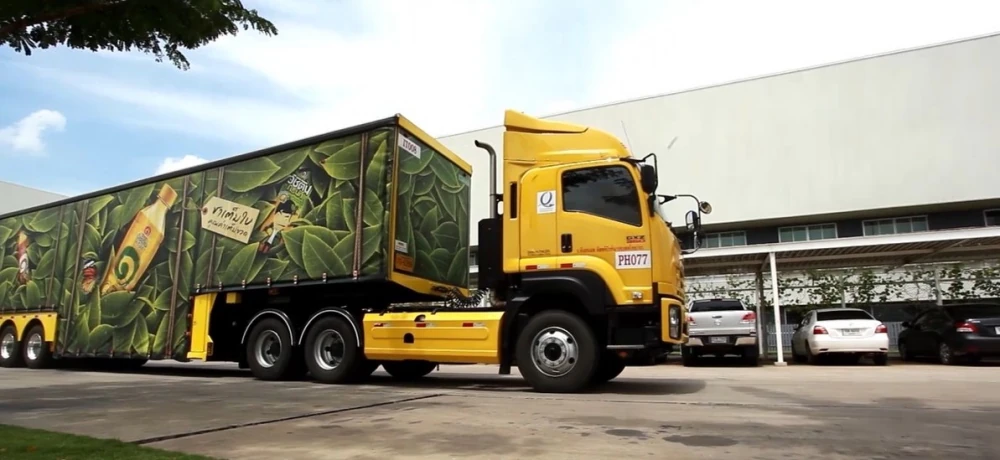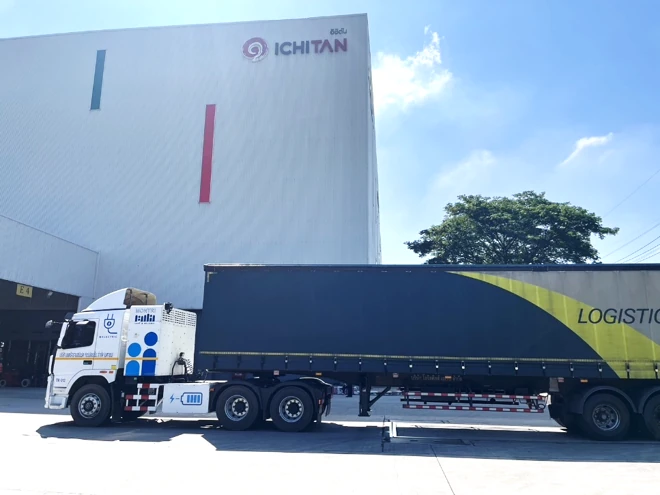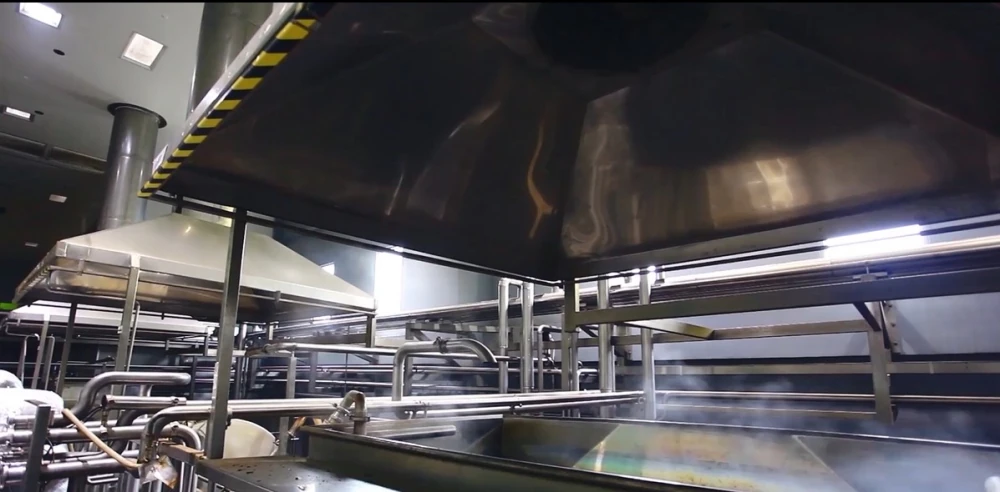
Climate Change
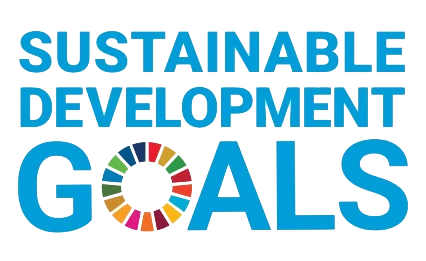
Importance and Mission
Climate change is having widespread and increasingly severe impacts on the world’s ecosystems. To solve the problems and slow down the upcoming severity, the United Nations (UN) and its member states are setting targets and looking for ways to reduce the global environmental impacts together. This is reflected in international frameworks such as the United Nations Framework Convention on Climate Change (UNFCCC) and the Paris Agreement, which focus on the key goal in limiting the increase in global average temperature to be below 1.5 degrees Celsius for achieving carbon neutrality by 2050 and net zero emissions by 2065.
Ichitan Group Public Company Limited has been aware of importance of such impacts since the beginning of its business operation. Therefore, the Company has assigned the board of directors and executives to play a role in supervising, determining, and developing policies and guidelines for managing climate change with commitment to promote low-carbon economy and support Thailand’s climate change policy through innovations in energy-efficient production processes, use of renewable energy, optimization of resource efficiency, and implementation of sustainability projects in the organization’s supply chain to reduce negative impacts on society and the environment. The Company has set targets to reduce greenhouse gas emissions in line with international goals, and is one of the organizations that support sustainable production and consumption under the framework of 17 sustainable development goals (UN Sustainable Development Goals: SDGs) to drive sustainable organizations towards the goal of carbon neutrality by 2050, as well as participating in environmental conservation and raising awareness among employees and all stakeholders, while maintaining a balance in the economy, society, and the environment for sustainability and stability in the future.
Stakeholders Directly Impacted

Investors / Shareholders

Consumers

Employees

Society and Community

Business Partners / Creditors
Goal and Performance Highlights
Goals
Performance Highlights
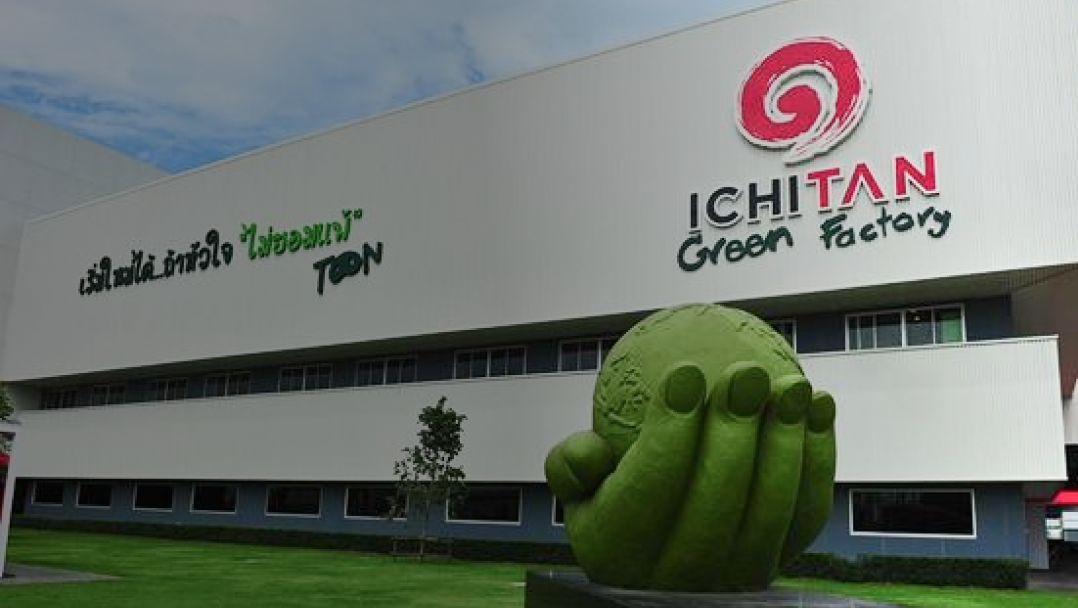
Reduced greenhouse gas emissions by
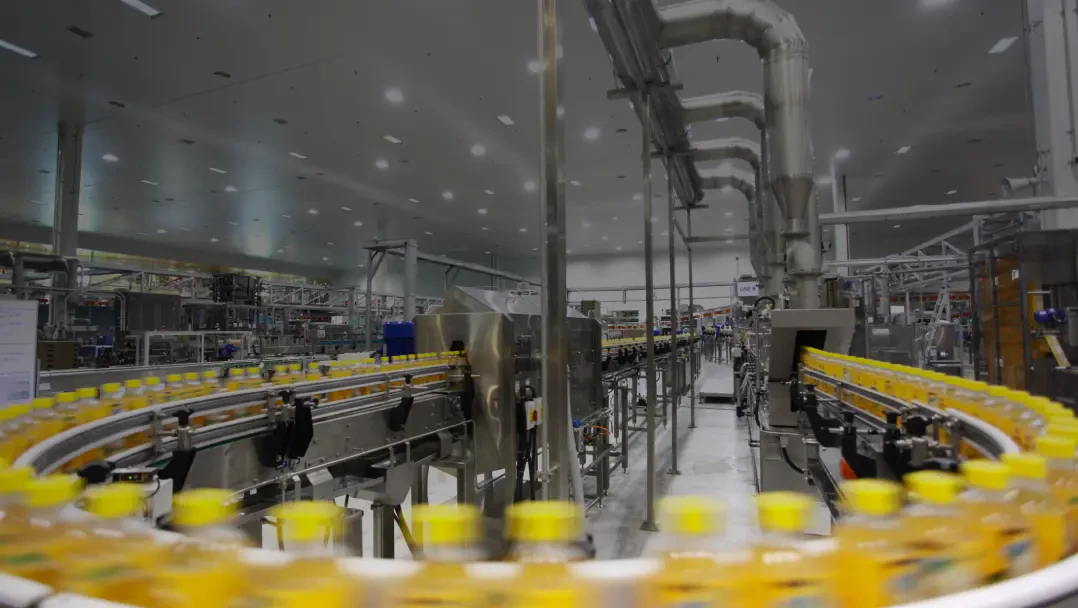
Reduced electricity and heat consumption by
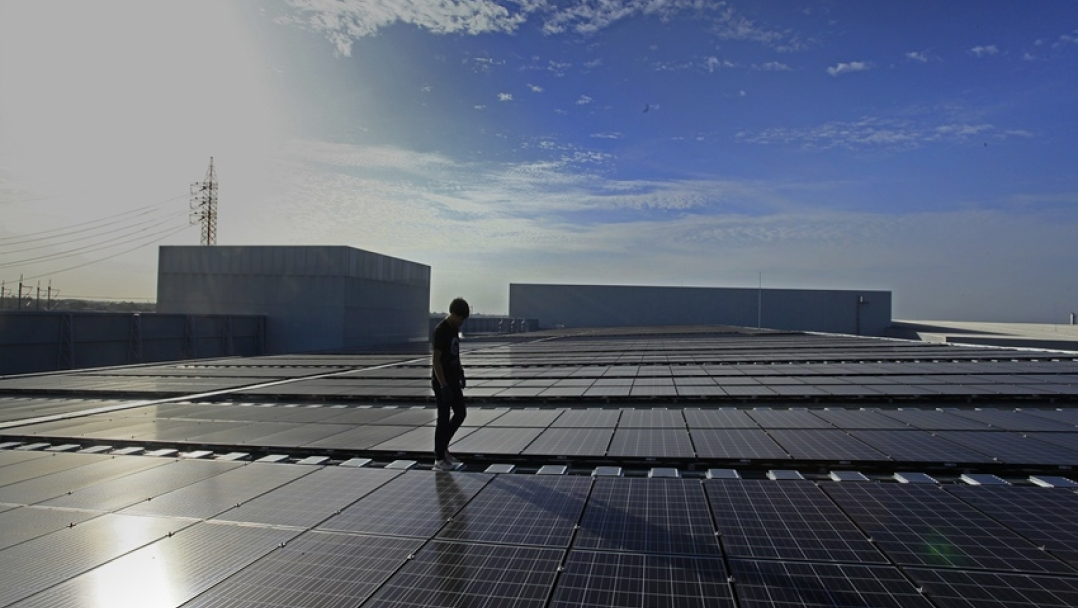
Generated solar power up to
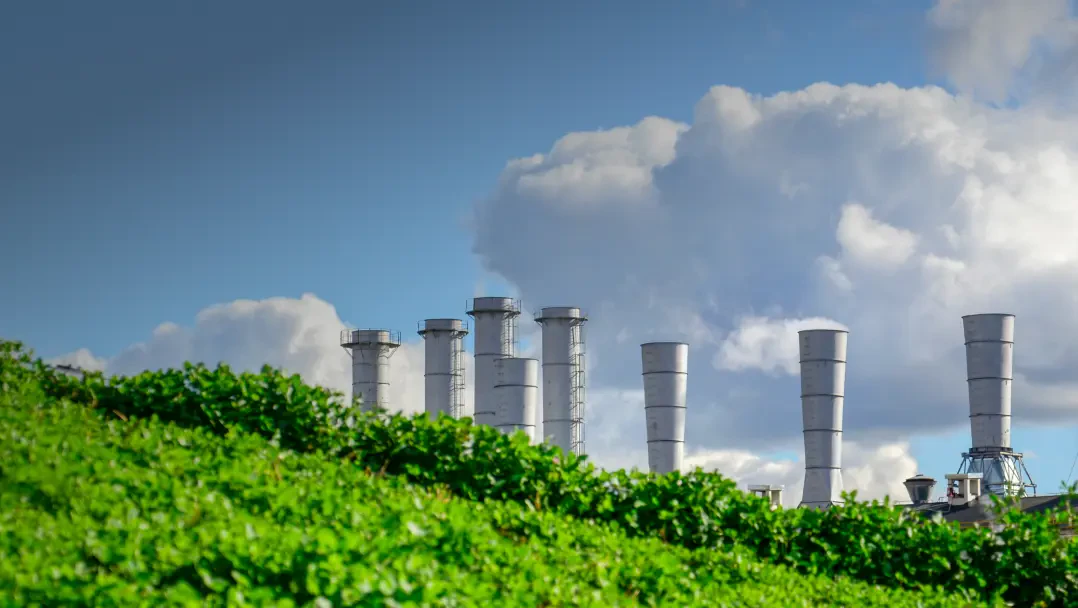
Reduced greenhouse gas emissions by
Management Approach
- Set policies and targets to reduce greenhouse gas emissions to achieve carbon neutrality by 2050 in line with the international goals for limiting increase in average global temperature to no more than 1.5°C.
- Set a working team for sustainable development to be responsible for developing plans, monitoring global and local climate change situations that affect sustainability, and reporting the results of the plan implementation to the Governance and Sustainability Committee and the Board of Directors.
- Assess climate change risks, and identify support measures and operational guidelines to effectively reduce greenhouse gas emissions to achieve carbon neutrality.
- Promote clean energy by using renewable energy from sunlight (ICHITAN SUNERGY) in Ichitan Green Factory in accordance with the guidelines of the Thailand Voluntary Greenhouse Gas Reduction Project (T-VER).
- Create participation with stakeholders throughout the value chain to reduce negative environmental impacts.
In line with its commitment to cope with climate change, the Board of Directors has set a target to reduce greenhouse gas emissions to achieve carbon neutrality by 2050, and has assigned the Corporate Governance and Sustainability Committee and senior executives to oversee, define, and develop policies and guidelines for managing climate change. The working team on sustainable development is responsible for formulating plans and monitoring global and local climate change situations that have impacts on sustainability throughout the business value chain, and regularly reports the results of the plan implementation to the Corporate Governance and Sustainability Committee and the Board of Directors. In addition, the Company has conducted a comprehensive assessment of climate change risks and impacts to ensure that the Company has measures in place to appropriately and promptly cope with such risks. The working team on risk management is responsible for assessing risks from climate change situations together with the working team on sustainable development, and reporting to the Risk Management Committee quarterly.
However, the Company has divided its greenhouse gas management approach into 3 scopes: direct greenhouse gas emission (Scope 1), indirect greenhouse gas emission (Scope 2), and other indirect greenhouse gas emission (Scope 3). The operational framework is in line with the guidelines of the task force on climate-related financial disclosure (TCFD) through supporting projects and activities such as optimizing energy efficiency, improving production process efficiency, renewable solar energy project (ICHITAN SUNERGY), and project of efficiency management on eco-friendly transportation and distribution etc., as well as promoting all stakeholders to participate in driving operations to achieve long-term climate change goals.
Approaches to Air Quality Management
The Company places importance on controlling, preventing and reducing air pollution resulting from business activities, especially the production process that may have an impact on society and the environment. Therefore, the Company is committed to strictly elevating the control of air quality around the factory. Air quality is monitored and managed to meet the standards in accordance with the ISO14001:2015 international standard.
However, the Company has a wet scrubber system, which is used to treat polluted air from the production process, such as pollution, acid fumes, chemical fumes and dust from the air, etc., by using liquids to absorb pollutants from the air and using packing media to create a larger surface area for odor capture. It can be used with particles that are at risk of catching fire and exploding, and can treat air pollution in the form of particles, gases and vapors simultaneously, such as dust, fumes, and mist etc., with Smile Laboratory Co., Ltd. as the operator of the organization's environmental quality measurement.
Climate Change Risk Assessment
The Company is committed to addressing risks and opportunities related to climate change that may occur by assigning a working team on risk management to assess risks, impacts and opportunities related to climate change that may affect the business operation. The results of such risk assessment must be reported to the Risk Management Committee and the Governance and Sustainability Committee for approval of effective mitigation measures or operational guidelines to reduce greenhouse gas emissions.
Measures and Guidelines for Coping with Climate Change Risks
| Risk Issues | Coping Measures and Guidelines |
|---|---|

Damage of Business Assets |
|

Sudden Business Interruption |
|

Air Pollution |
|

Lack of raw materials |
|

Occupational Health and Safety of Employees |
|
Implementation and Performance
Greenhouse Gas Emission Data Classified by Scope
(Unit: tCO2eq)
Direct greenhouse gas (GHG)
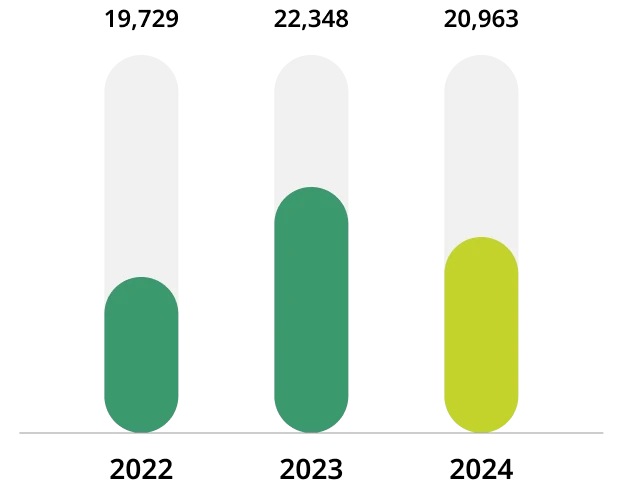
Energy indirect greenhouse gas (GHG)
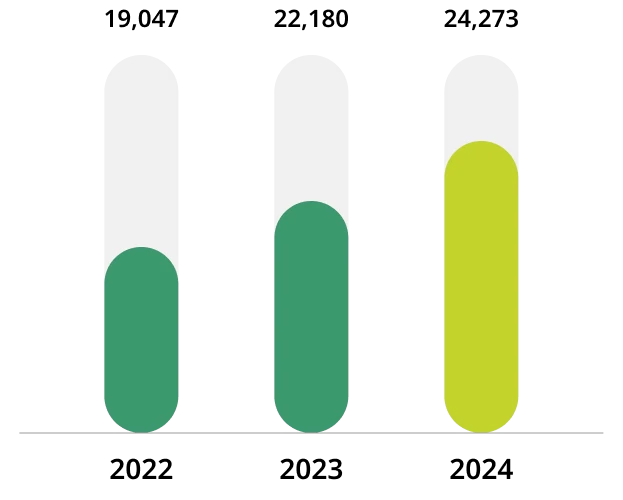
Other Indirect greenhouse gas (GHG)
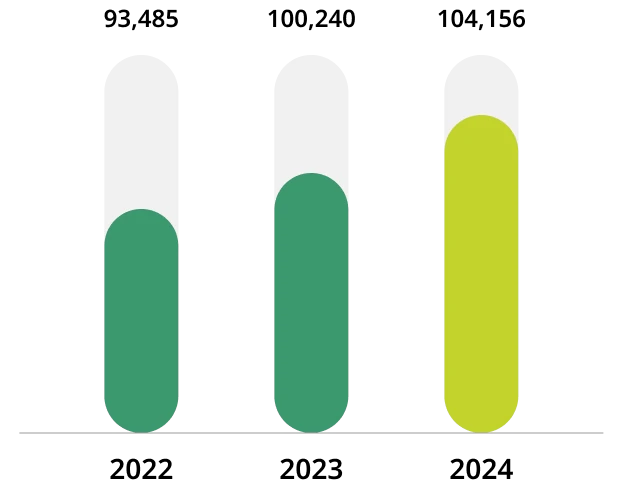
| Scopes | Sources of Greenhouse Gas Emission | 2022 | 2023 | 2024 |
|---|---|---|---|---|
| Scope 1 | Direct greenhouse gas (GHG) emission includes stationary combustion, mobile combustion, leakage, etc. | 19,729 | 22,348 | 20,963 |
| Scope 2 | Energy indirect greenhouse gase (GHG) emission includes energy consumption (Unit: tCO2eq) | 19,047 | 22,180 | 24,273 |
| Scope 3 | Other Indirect greenhouse gas (GHG) emission are such as acquisition of raw materials and packages (Unit: tCO2eq) | 93,485 | 100,240 | 104,156 |
| Total | 132,261 | 144,768 | 149,392 |
Note:
- The agency that verifies the organization's greenhouse gas emission data is the Greenhouse Gas Management Organization (GMO).
- Data on greenhouse gas emissions in 2024 is currently being verified by external agencies, and may change.
Performance
(Unit: tCO2eq/production unit)

Intensity of Greenhouse Gas Emission (Scope 1 and Scope 2) Per Production Unit
(Unit: tCO2eq/production unit)
| Rate of Greenhouse Gas Emission | 2022 | 2023 | 2024 |
|---|---|---|---|
| Rate of Greenhouse Gas Emission (Scope 1 and Scope 2) | 0.1275 | 0.1224 | 0.1176 |
Energy Consumption Data
Electrical energy consumption
(Unit: GJ)
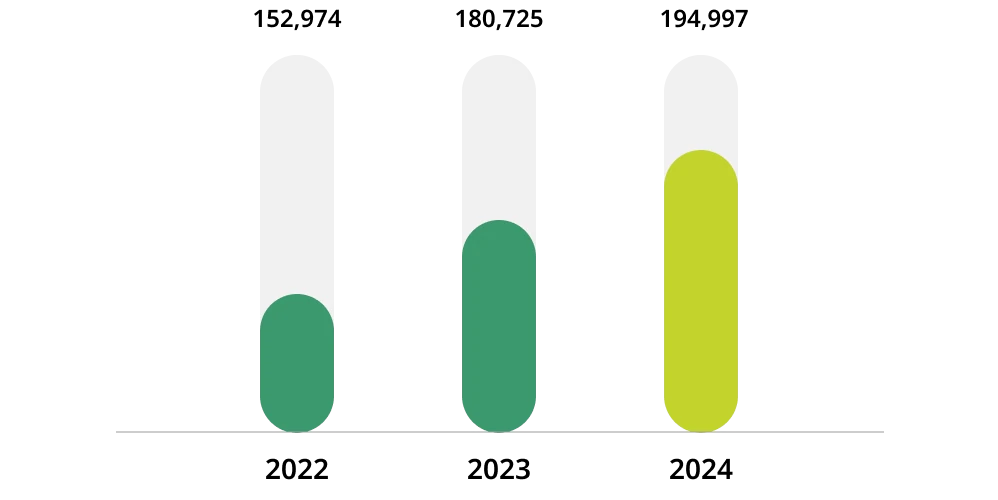
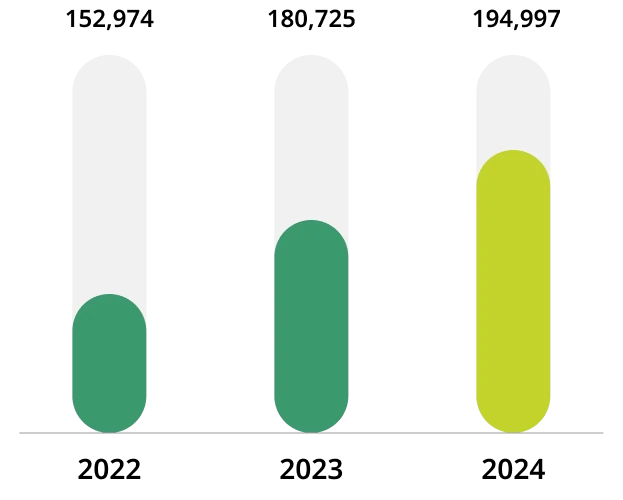
Heat energy consumption
(Unit: GJ)
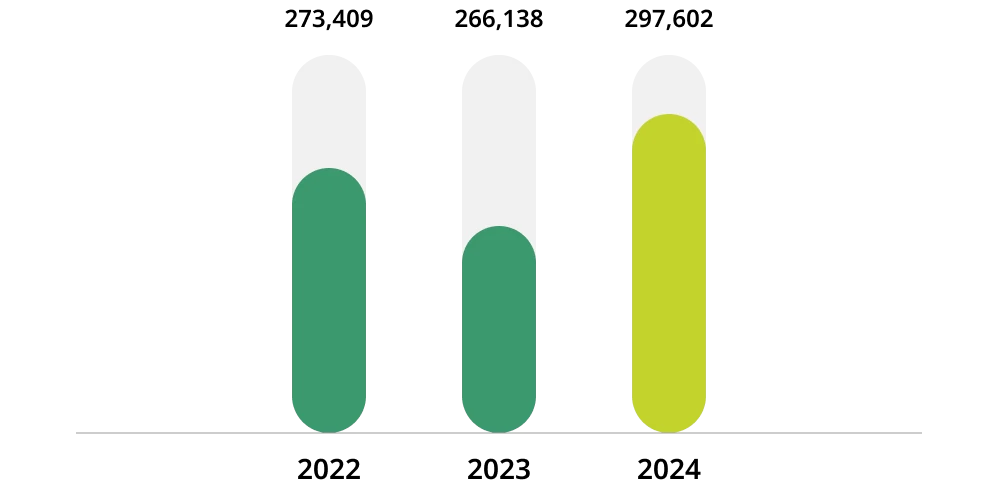
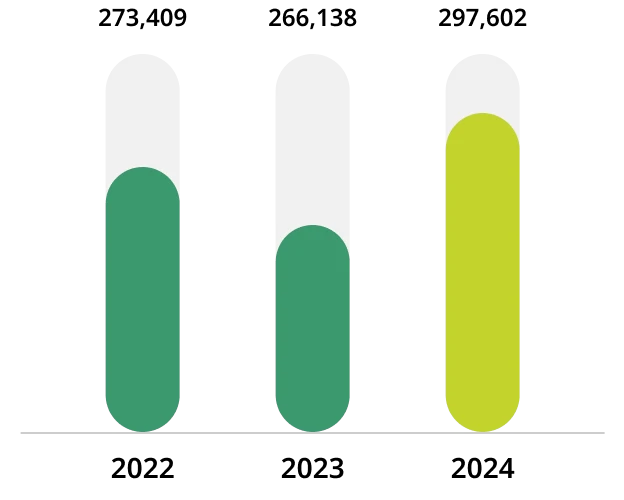
| Energy Consumption | 2022 | 2023 | 2024 |
|---|---|---|---|
| Electrical energy consumption | 152,974 | 180,725 | 194,997 |
| Heat energy consumption | 273,409 | 266,138 | 297,602 |
| Total | 426,383 | 446,863 | 492,599 |
Intensity of Energy Consumption / Production Unit
(Unit: GJ/production unit)
| Rate of Energy Consumption | 2022 | 2023 | 2024 |
|---|---|---|---|
| Rate of energy consumption per production unit | 1.4018 | 1.2288 | 1.2808 |
Reduction of Greenhouse Gas Emission
(Unit: tCO2eq)
Optimization of energy consumption
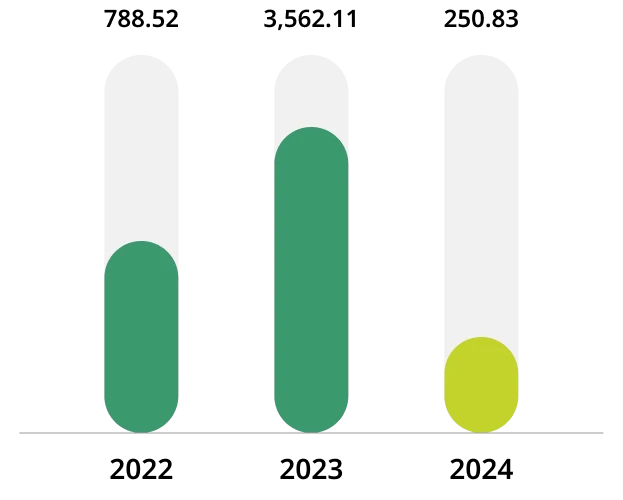
Use of renewable solar energy
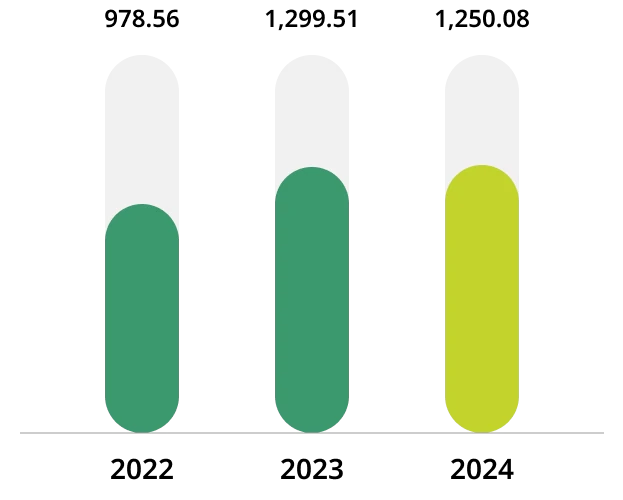
Efficiency management on eco-friendly transportation and distribution
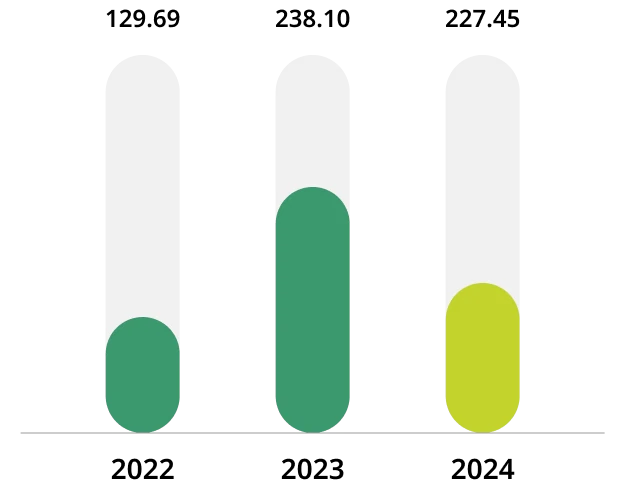
Optimization of spantap water consumption
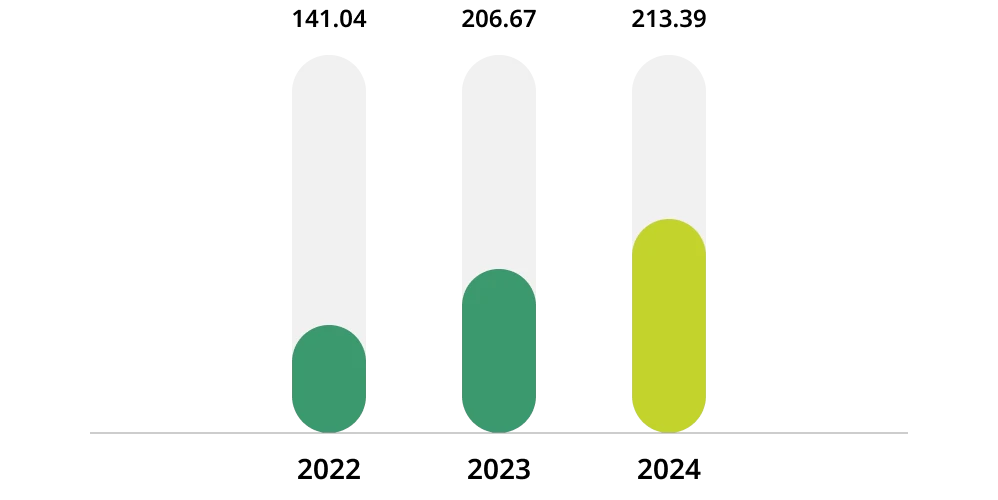
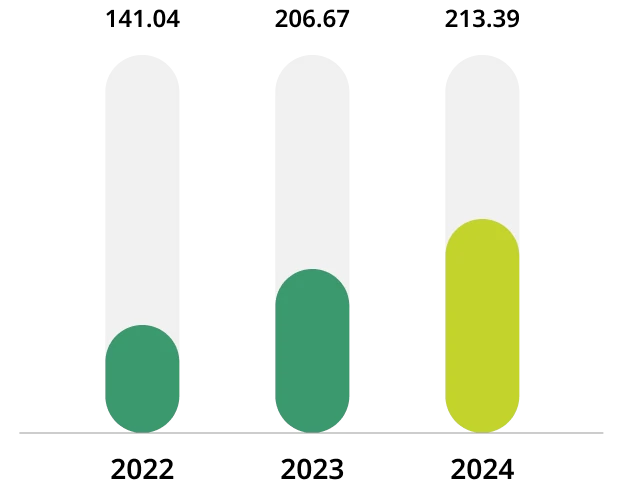
Effective waste management from the production process
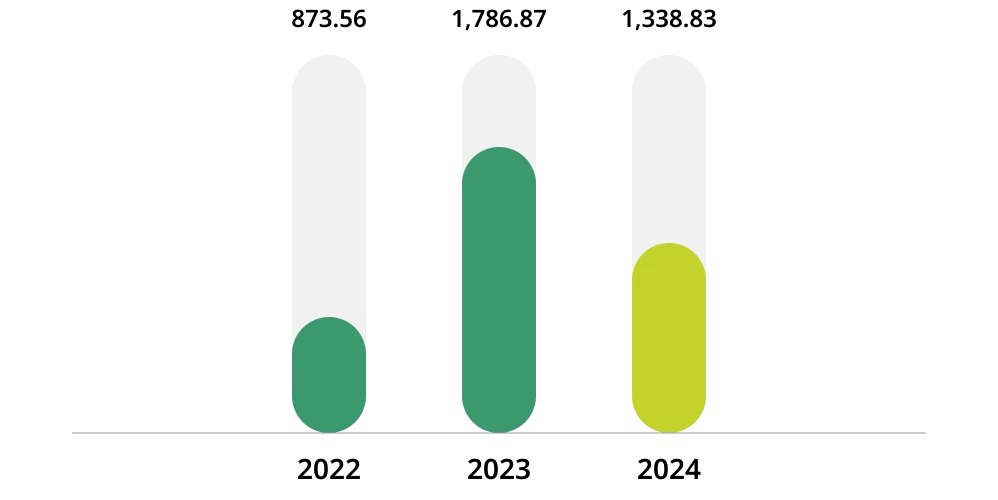
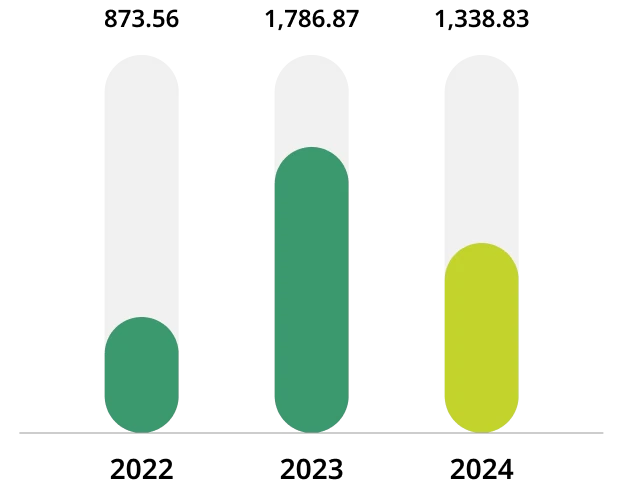
| Description | 2022 | 2023 | 2024 |
|---|---|---|---|
| Optimization of energy consumption | 788.52 | 3,562.11 | 250.83 |
| Use of renewable solar energy | 978.56 | 1,299.51 | 1,250.08 |
| Efficiency management on eco-friendly transportation and distribution | 129.69 | 238.10 | 227.45 |
| Optimization of tap water consumption | 141.04 | 206.67 | 213.39 |
| Effective waste management from the production process | 873.56 | 1,786.87 | 1,338.83 |
| Total | 2,911.37 | 7,093.26 | 3,280.58 |



